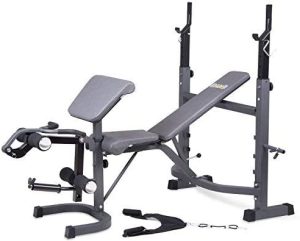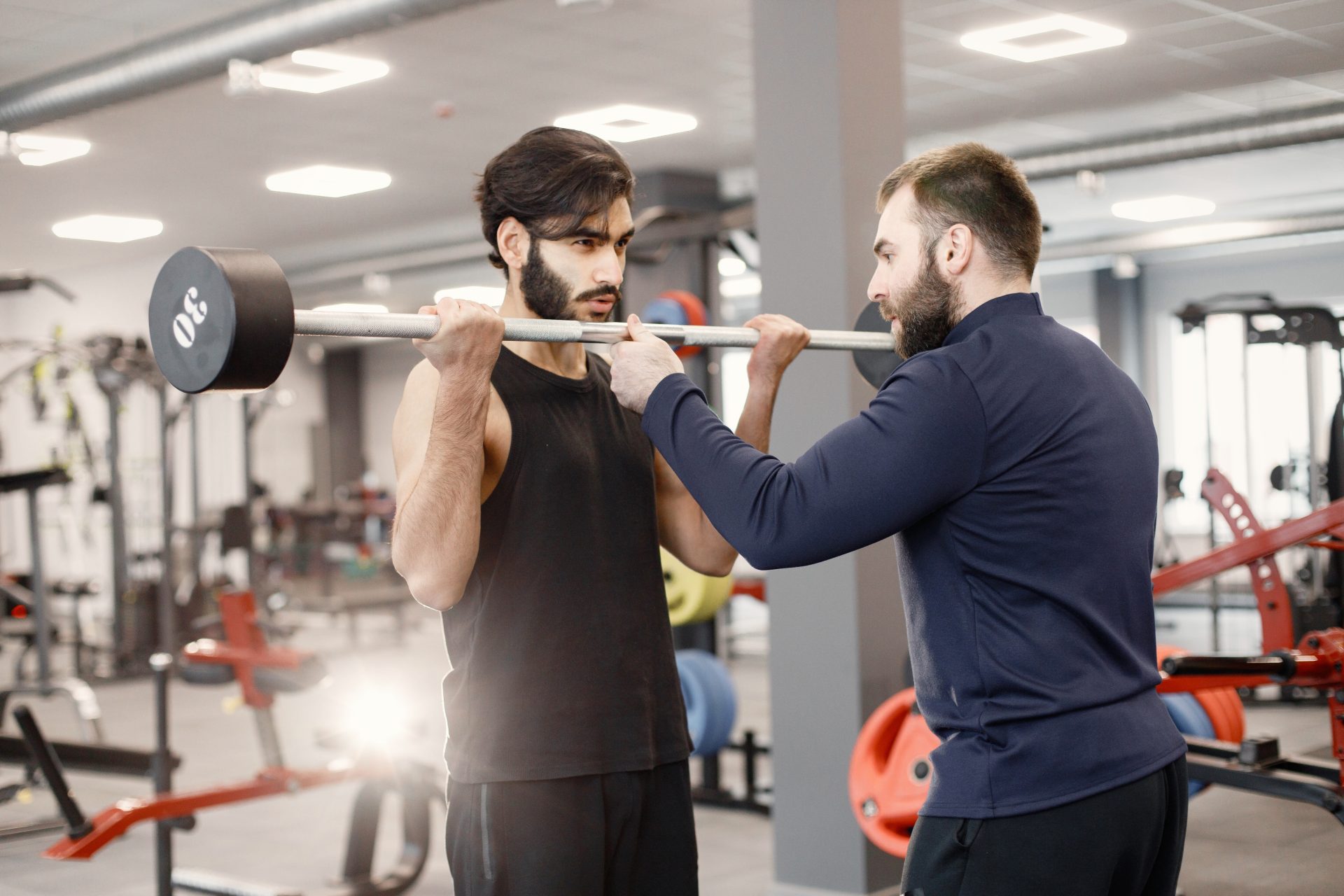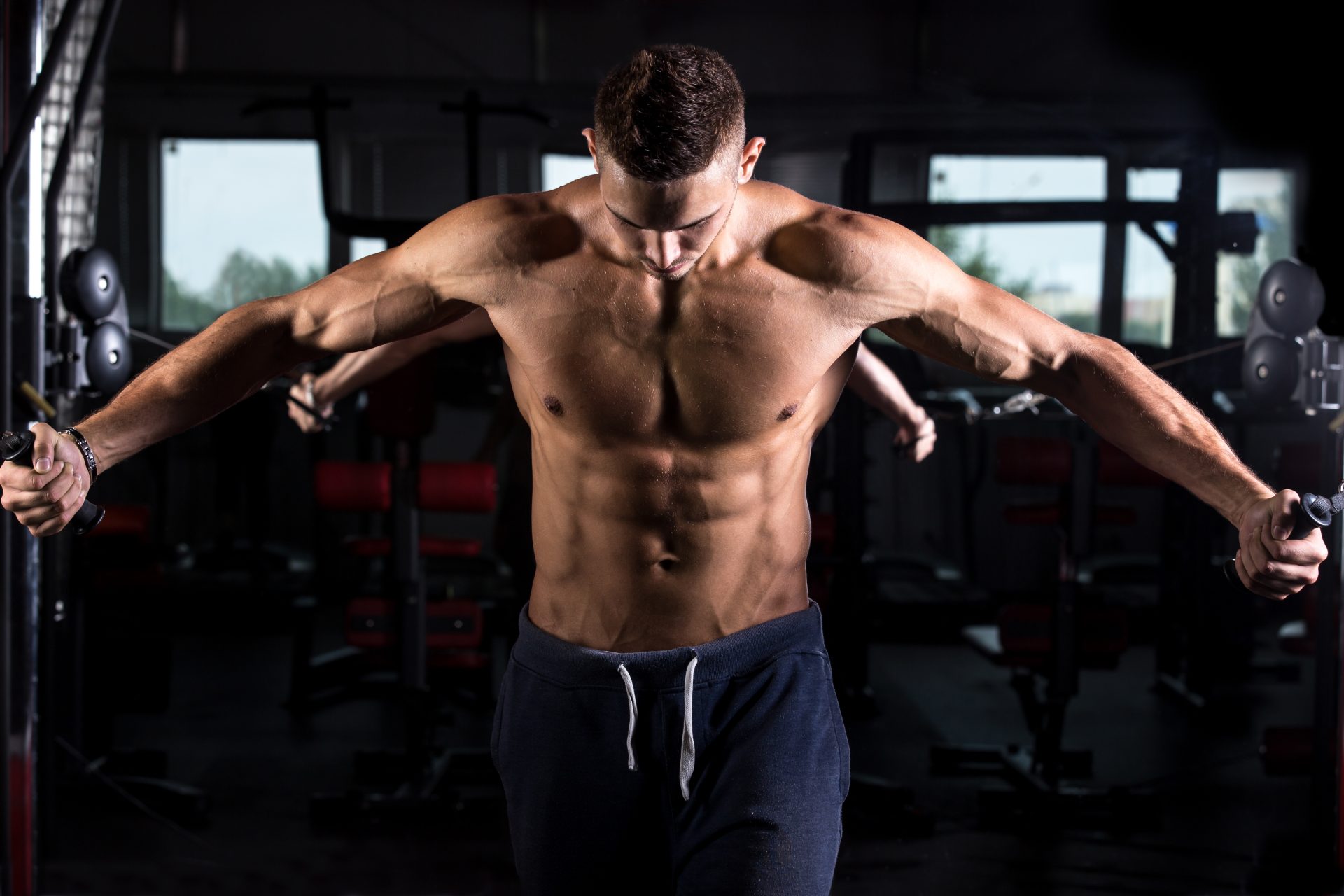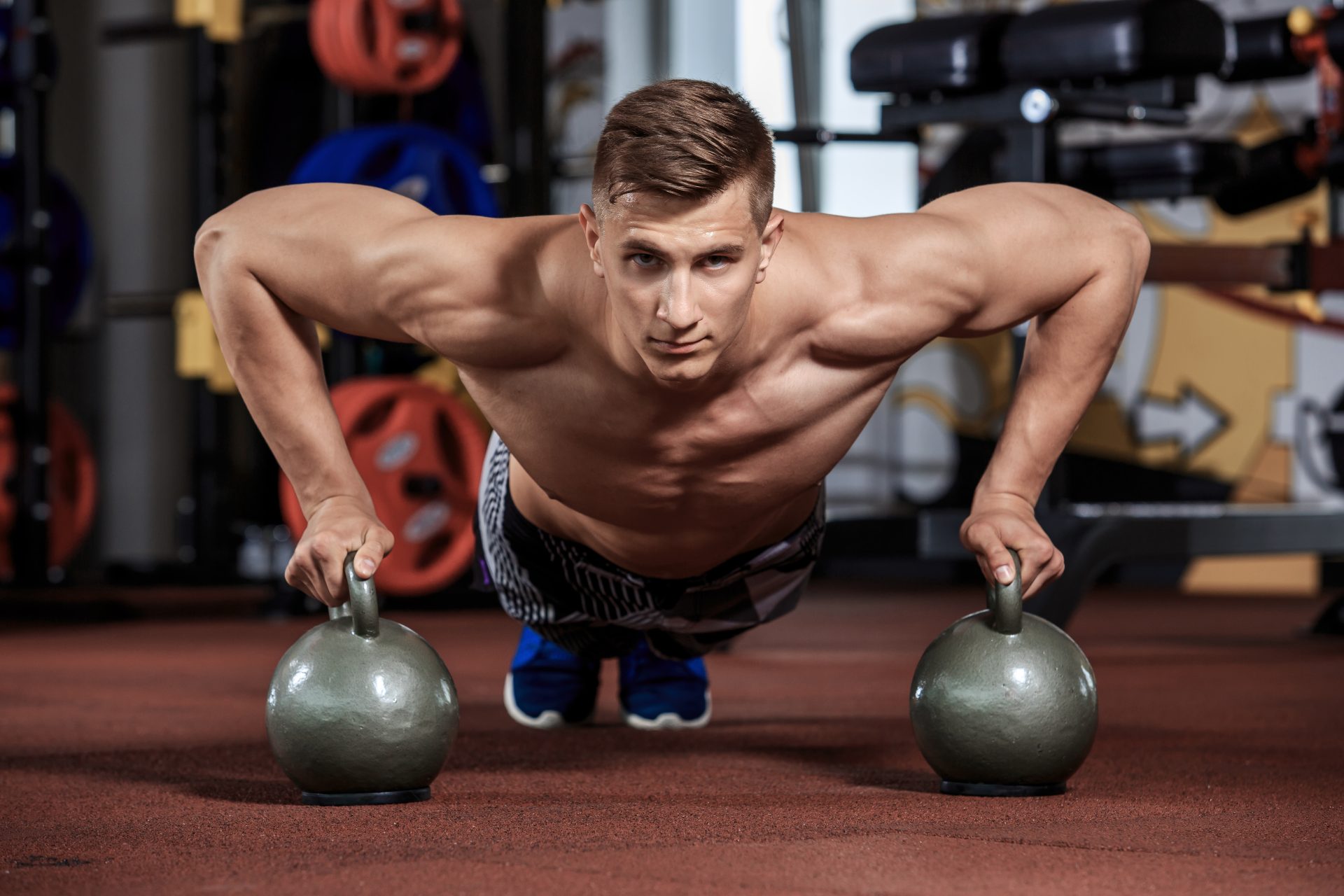For many people, having a great-looking chest is the ultimate goal. Whether you’re trying to get a six-pack or just want to look good shirtless, everyone wants a well-developed upper body. But for some, achieving that perfect chest can seem impossible.
Genetics plays an important role in our body shape and size, and this holds for your chest as well.
So if your chest isn’t developing the way you’d like it to, you may have bad chest genetics. Let’s explore what this means and how you can work around bad chest genetics so you can still achieve the look you want.
Contents
The Muscles Of The Chest
The human chest consists of three main muscle groups.
Pectoralis major (the large fan-shaped muscle in the center), the pectoralis minor (the smaller triangular muscle situated just above the pectoralis major), and the serratus anterior (a thin fan-like muscle located along both sides of the ribcage).
Each of these muscles plays an important role in supporting your posture and providing upper body strength. Together they form what is known as your “chest wall”.
What Does It Mean To Have Bad Chest Genetics?
Bad chest genetics can be an unfortunate and intimidating reality for those struggling to achieve their physique goals. Chest genetics refers to the structure of the chest muscles; some individuals are genetically predisposed to have a certain shape or width, which may make it more difficult for them to subdue certain areas in their upper body during a workout.
The pecs (pectoral muscles) come in various shapes and sizes that depend heavily upon one’s genetics—from short and wide, to long and thin, or vice versa—which can make training this muscle group a challenging endeavor.
GENETICS ASIDE, THINGS LIKE AGE, SEX, NUTRITION LEVELS, AND LIFESTYLE CAN ALL PLAY A ROLE IN DETERMINING THE HEALTH OF ONE’S CHEST.
Having bad chest genetics means that due to your natural genetic makeup, it will be more difficult for you to build a well-developed upper body than someone who has good genetics in this area. This doesn’t mean that it’s impossible – far from it!
But it does mean that you may have to work harder and smarter than other people do to see results from your workouts.
5 Telltale Signs of Bad Chest Genetics
Narrow Gap Between Pecs
In most cases, when someone has poor genetics for their chest, they will have a narrow gap between the two pecs. This can be noticeable in either flexed or relaxed states as the two pecs will not spread apart much due to limited muscle insertions.
It is important to note that this isn’t always indicative of bad genetics as some bodybuilders naturally have a smaller gap between their pecs even with excellent training and nutrition habits. However, if you find yourself struggling to increase the width of your chest despite lots of hard work in the gym, then it could be an indication of poor chest genetics.
Poor Upper Chest Development
Another indication that you may have poor genetics for your chest is if you experience difficulty developing your upper pec area. This can often be seen in people who possess long clavicles or wide sternums—two features that can limit upper chest development even with proper exercise form and intensity levels in the gym.
If you find yourself having trouble building up your upper pec region no matter what exercises you do or how hard you train them, it may be an indication that your upper chest genetics aren’t ideal for building size there.
Difficulty Growing Lateral Lower Chest Area
The last sign that you may possess poor chest genetics is if you are unable to grow your lateral lower pec area adequately no matter what exercises or intensity levels are used in the gym.
This often occurs due to decreased muscle insertions along this region which limits its growth potential compared to other areas of the pec such as the central lower chest area which typically responds better to training than its lateral counterpart does due to increased muscle insertion points located there instead.
Clavicle Length
One of the most obvious signs of bad chest genetics is clavicle length. This refers to the distance between your sternum and your clavicles (collarbones). Generally speaking, if your clavicles are too long, it can be difficult for you to build a full upper chest due to a limited range of motion when performing exercises like incline presses.
That being said, even if your clavicles are longer than usual, you can still work around this limitation and build a full upper chest with consistent effort and proper form.
How To Get The Chest You Want Despite Genetics
Focus On Nutrition
The first step is understanding why it’s more difficult for those with bad chest genetics to build muscle in their upper bodies. In short, muscles require proteins to build themselves up and develop new tissue; however, those with bad genetics are not able to absorb these proteins as efficiently as those with good genetics can.
NUTRITION IS KEY WHEN IT COMES TO BUILDING MUSCLE MASS, ESPECIALLY IF YOU HAVE BAD CHEST GENETICS.
Eating the right amount of protein is essential for your body to build new muscle tissue efficiently and quickly, so make sure that you are getting at least 1 gram of protein per pound of body weight each day (and more if possible).
Eating enough carbs will also provide your body with energy during workouts, so don’t skimp on these either. Finally, eating healthy fats will ensure that your testosterone levels remain high which is important for building a toned chest.
Train For Strength And Quality Of Movement
In addition, those with bad genetics need to focus on compound exercises such as bench presses and push-ups rather than isolation exercises such as bicep curls or triceps extensions (though these should still be included in your workout program).
Compound movements target multiple muscle groups at once which helps maximize the number of muscle fibers used during each exercise session; this is especially important for those with less efficient muscle-building processes due to their genetic makeup.
You should try to find the weight that allows you to do 8-12 reps with good form and build from there. Doing this will put less strain on your joints while still allowing for adequate muscle activation.
You should also include both compound movements such as bench press and incline press as well as isolation exercises like cable flyes to maximize muscle growth.
Rest And Recovery
It’s easy to forget about rest days when trying to build a better chest physique—but you must take one or two days off from training each week for your muscle time to recover properly after hard workouts.
Additionally, make sure that you are getting 8 hours of sleep each night; this is when the majority of muscle growth takes place!
What Are The Exercises For Bad Chest Genetics
Bench Press
The bench press is one of the most popular chest exercises, and for good reason – it targets your entire upper body in one movement. If you have bad chest genetics, it may be difficult to see results from this exercise, but it is still worth trying as it can help build strength and size in other areas of your upper body.
Additionally, if you use proper form when doing the bench press (feet flat on the floor, back flat against the bench) then you can minimize any potential risks associated with this exercise.
Incline Bench Press
The incline bench press is similar to the regular bench press but instead of lying flat on a bench, you will be positioned at an angle (usually 30-45 degrees). This angle targets your upper chest more than the regular flat bench press and therefore can be more beneficial if you have bad genetics.
As with any exercise, make sure that you use proper form when performing this lift – feet firmly planted on the ground, back supported by the incline bench.
Decline Bench Press
The decline bench press is another variation of the traditional bench press but instead of being positioned at an angle like with the incline version, you will be in a reclined position where your feet are higher up than your head.
This variation really targets your lower chest muscles so it’s ideal for those who struggle to see results from other exercises due to their bad genetics.
Again, make sure that you use proper form when performing this lift – feet firmly planted on the ground and back supported by the decline bench.
Dumbbell Flyes
Dumbbell Flyes are a great way to target both your upper and lower chest muscles without putting too much strain on them or risking injury due to improper form. All you need for this exercise is two dumbbells and a flat surface such as a weightlifting mat or even just carpeted flooring.
To perform this exercise correctly make sure that both arms are extended outwards and then slowly bring them together as if you were giving someone a hug in mid-air – keep control of both dumbbells throughout this motion and squeeze at the top when they meet together in front of your body before slowly lowering them back outwards again into their starting position.
Push-ups
Push-ups are a great bodyweight exercise that can be used to improve bad chest genetics. The exercise is performed by starting in a plank position with hands placed shoulder-width apart and feet hip-width apart. Lower the body down toward the ground before pushing back up to the starting position.
Conclusion
Bad chest genetics can cause several health problems and can be passed on to future generations. While there are no known cures, individuals with bad chest genetics can take steps to protect their health and reduce the chances of passing on the condition to their descendants.
SOME WAYS TO DO THIS INCLUDE MAINTAINING A HEALTHY LIFESTYLE, EXERCISING FREQUENTLY, EATING A BALANCED DIET, AND AVOIDING RISK FACTORS SUCH AS SMOKING AND DRINKING ALCOHOL IN EXCESS.
Additionally, speaking with a genetic counselor may provide further guidance for those concerned about passing on chest-related genes. Even if an individual has inherited bad chest genetics from their ancestors, taking preventive measures can make all the difference in terms of improving overall health and well-being.





